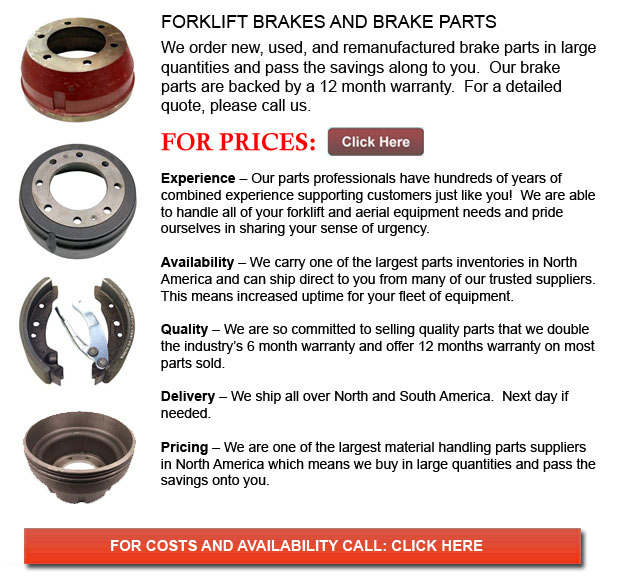
Forklift Brakes - A brake in which the friction is supplied by a set of brake pads or brake shoes which press against a rotating drum unit referred to as a brake drum. There are some specific differences between brake drum types. A "brake drum" is commonly the explanation given when shoes press on the inner exterior of the drum. A "clasp brake" is the term used to be able to describe if shoes press against the exterior of the drum. One more type of brake, known as a "band brake" utilizes a flexible belt or band to wrap around the exterior of the drum. Whenever the drum is pinched in between two shoes, it can be called a "pinch brake drum." Like a typical disc brake, these types of brakes are quite uncommon.
Before nineteen ninety five, early brake drums required consistent modification regularly to be able to compensate for shoe and drum wear. Long brake pedal or "Low pedal" travel is the dangerous end result if adjustments are not done satisfactorily. The vehicle could become dangerous and the brakes could become ineffective whenever low pedal is mixed together with brake fade.
There are some different Self-Adjusting systems used for braking obtainable nowadays. They could be classed into two individual categories, the RAI and RAD. RAI systems are built in systems which help the apparatus recover from overheating. The most recognized RAI makers are Lucas, Bosch, AP and Bendix. The most well-known RAD systems comprise Ford recovery systems, Volkswagen, VAG, AP and Bendix.
Self adjusting brakes normally make use of a device that engages only when the vehicle is being stopped from reverse motion. This stopping technique is acceptable for use where all wheels use brake drums. Nearly all vehicles nowadays use disc brakes on the front wheels. By operating only in reverse it is less possible that the brakes will be adjusted while hot and the brake drums are expanded. If tweaked while hot, "dragging brakes" could take place, which increases fuel expenditure and accelerates wear. A ratchet device which becomes engaged as the hand brake is set is another way the self adjusting brakes may function. This means is only appropriate in functions where rear brake drums are used. When the emergency or parking brake actuator lever goes beyond a certain amount of travel, the ratchet advances an adjuster screw and the brake shoes move toward the drum.
There is a manual adjustment knob located at the base of the drum. It is usually adjusted via a hole on the other side of the wheel and this involves getting beneath the vehicle using a flathead screwdriver. It is of utmost importance to move the click wheel properly and tweak every wheel equally. If unequal adjustment takes place, the vehicle may pull to one side during heavy braking. The most efficient method in order to make certain this tiresome job is accomplished carefully is to either lift each and every wheel off the ground and hand spin it while measuring how much force it takes and feeling if the shoes are dragging, or give each one the exact amount of manual clicks and then perform a road test.
![]() Click to Download the pdf
Click to Download the pdf
Forklift Parts
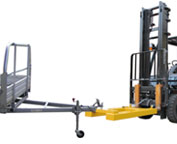
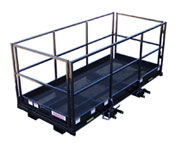
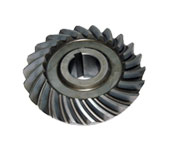
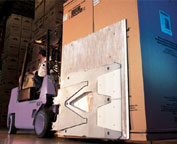
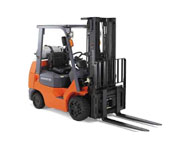
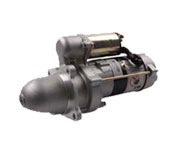
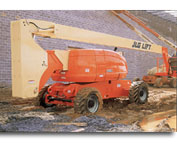
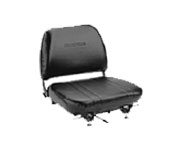
Lift Parts Express
TOLL FREE: 1-888-695-7994
Chicago, Illinois
forkliftpartschicago.com
Email Us
About Us


